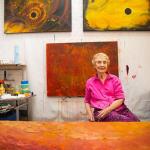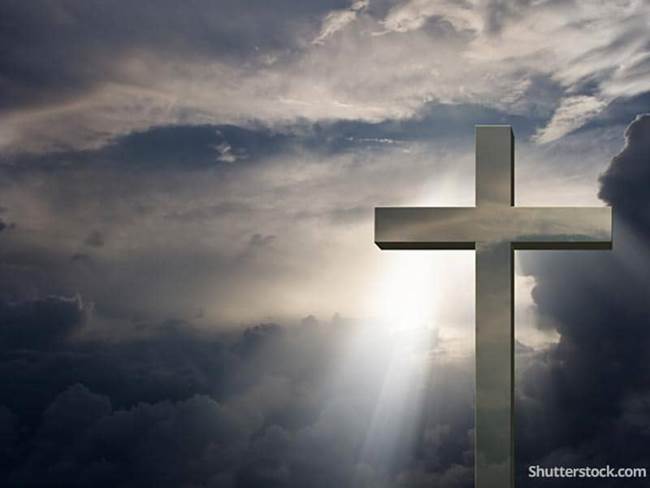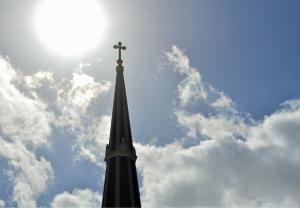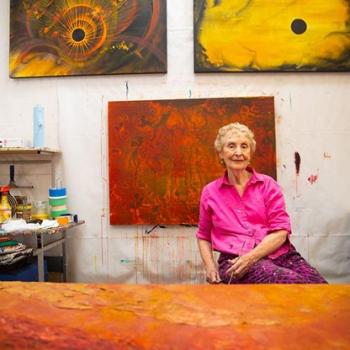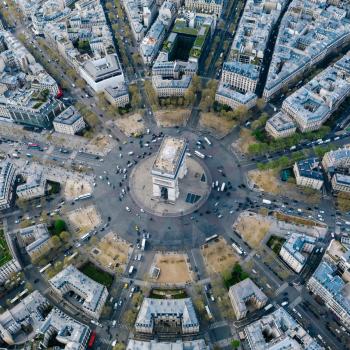The Holy Land (Al-Ard-al-Muqaddasah) is an area roughly located between the Mediterranean Sea and the Eastern Bank of the Jordan River. It is synonymously linked with Palestine and the biblical land of Israel. It roughly corresponds to the modern state of Israel, the Palestinian territories, western Jordan, parts of southern Lebanon and South-western Syria.
Another term that is commonly used to refer to the region is the Levant, a French word meaning “to rise” as in the “sun rising” from the East.
I recently had the honour to visit the city Jerusalem which is considered holy and sacred for the three major Abrahamic religions of Judaism, Christianity, and Islam.
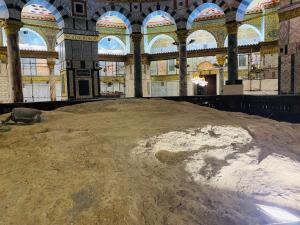
The magnetism and attraction towards Jerusalem are enthused by the veneration it has for Jews where they pray towards it three times each day and pledge to return to it each year, with the words “Next Year in Jerusalem” chanted at the conclusion of the Passover seder and the Day of Atonement prayer service. For Christians, it is the birthplace of Jesus of Nazareth along with the resurrection. For Muslims, it houses the Dome of the Rock, the location where Prophet Muhammad ﷺ ascended to heaven as part of the miraculous night journey from Makkah to Jerusalem called Al Isra-Wal-Miraj), the Qibli Mosque, commonly termed as Al-Aqsa Mosque (the furthest mosque) situated within the precincts of the noble sanctuary which is the third most important mosque in Islam and served as the first Qibla, the direction Muslims turn towards when praying before it was orientated towards Makkah in Saudi Arabia.
In the Old City of Jerusalem, the Ayyubid Mosque of Umar ibn al-Khattab, named after the second caliph in Islam, is located opposite the courtyard of the Church of the Holy Sepulchre. When the Caliph arrived in Jerusalem, a pact of safety known as the Umariya Covenant was composed, where assurance of safety was guaranteed to Christians and Jews when the city was surrendered to the Caliph. Sophronius had invited caliph Umar to offer prayers in the Church of the Holy Sepulchre, but Umar declined, fearing that accepting the invitation might endanger the church’s status as a place of Christian worship and that Muslims might break the treaty and turn the church into a mosque. There is also the Church of St. Anne, a Roman Catholic church located near the Lions’ Gate in the Muslim quarter of the old city. According to Christian sources, this church is built over the place where Maryam, the mother of Jesus was born. The church is named after Anne (Hannah), her mother who lived there.
The holy dimension and description of the noble sanctuary for the Abrahamic faith traditions is encapsulated further by the term “Holy House” (Bait-al-Maqdis, or Al-Quds Al-Sharif) for Muslims or the Temple Mount, often considered to be the holiest site in Judaism which also features the Western Wall which was originally erected as part of the expansion of the Second Jewish Temple by King Herod that replaced the First Temple built during Prophet Solomon’s reign and destroyed by the Neo-Babylonian Empire. As part of the Western Wall, is an ancient limestone wall called the Wailing Wall which is sacred in Judaism.
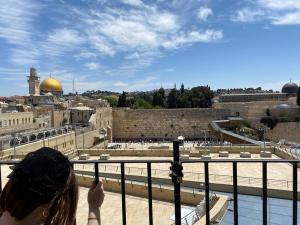
The “Holy of Holies” is a term in the Hebrew Bible that refers to the inner sanctuary where God’s presence appeared and in the Jewish tradition as the spiritual junction of Heaven on Earth (“axis mundi”). According to Jewish tradition the “Holy of Holies” was situated somewhere in the Temple Mount, with its precise location in the Mount being a matter of dispute. The areas were defined by four pillars that held up the veil of covering, under which the Ark of the Covenant was held above the floor which contained the Ten Commandments given by God to Prophet Moses on Mount Sinai. In the Islamic tradition, the Wailing Wall is called The Buraq Wall as it features the location where Prophet Muhammad ﷺ tied his winged steed al-Buraq as part of the Al Isra-Wal-Miraj journey.
I visited The Mount of Olives as part of my journey, a multi-summit limestone east of the Old city of Jerusalem separated by the Kidron Valley is holy to Judaism, Christianity, and Islam. It is vicinity where Jesus spent the last remnants of his time on earth before ascending to heaven with multiple denominations represented. A joint mosque and Christian chapel exist over the spot where many Christians and Muslims believe Jesus’s ascent took place. According to ancient Jewish tradition, the messianic era will commence on the Mount of Olives, and for this reason it slopes have been the most sacred burial ground in Judaism for centuries. I also visited Jericho, claimed to be the oldest city in the world near the Jordan valley and northwest of the Dead Sea.
For the spiritual aspirant and wayfarer, the Holy Land features the resting places (maqams) of many prophets that are held in high reverence amongst the Abrahamic faith traditions such as Prophets David in Jerusalem, Abraham, Jacob, Isaac, Joseph in Hebron, Lazarus, Ezra or Uzair in Elzariya, Moses in Jericho and Jonah in Halhul (peace be upon them all) that I had the honour of being able to visit many of them. However, it is worth noting that the authenticity of some of the resting places (maqams) are not universally agreed upon amongst all the faith traditions.
Within the precincts of the Holy Al-Aqsa compound, is a structure known as the Gate of Mercy (Bab al-Rahma) where one of the most prominent and influential philosophers, theologians, jurists, logicians, and sages Imam Abu Hamid Al-Ghazali (c. 1058-1111) noted for writing the magnum opus The Revival of Religious Sciences resided, taught, and undertook periods of seclusion. It also features a lodge which today exists as an Indian hospice where it is reported that the sage Farid-al-Din Mas’ud Ganj-i-Shakar (c.1173-1266) who belongs to the Chishti Sufi order undertook periods of seclusion, fasting and cleaning the stone floors around the al-Aqsa Mosque to acquire blessings from the noble sanctuary.
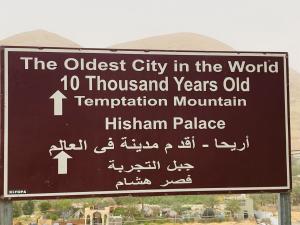
My journey to the Holy Land was a memorable journey that will leave a lasting imprint. I was struck by a narration by the wife of the Prophet Muhammad ﷺ Maymunah that was inscribed on The General Administration of Endowments, Islamic Affairs and Holy Places Donation Box for the Maintenance of Al-Aqsa Mosque inside the Dome of the Rock.
The narration states: Maymunah asked Prophet Muhammad ﷺ tell us about Jerusalem. He said: Jerusalem is the Land of the Gathering and Resurrection. Go there and pray in it, for one prayer in it is equivalent of a thousand prayers in other places. Maymunah asked: What if I could not reach it? He said: Then you can send a gift of oil to light its lanterns, for he/she who does this it is as if he/she had travelled to it.” Whilst one cannot ignore the tensions, oppression and injustice that exists in the region, Jerusalem’s eschatological importance as the spiritual and physical citadel of the Abrahamic faith traditions entails that it is a land that will remain of prime importance for generations to come and one very much hopes that peace and mutual coexistence can ensue; and for those that are unable to travel to it, that they can send a gift of oil to light its lanterns.
Kaleem Hussain FRSA is a Geo-Political Observer and Analyst with a multi-disciplinary background in law, economics, financial services & central-local government in the UK. He is active in working on inter-faith, peace and reconciliation initiatives to bring communities together at a local, national and international level. He is an Honorary Fellow at the Edward Cadbury Centre for the Public Understanding of Religion, University of Birmingham and FSTC (Muslim Heritage),UK.


